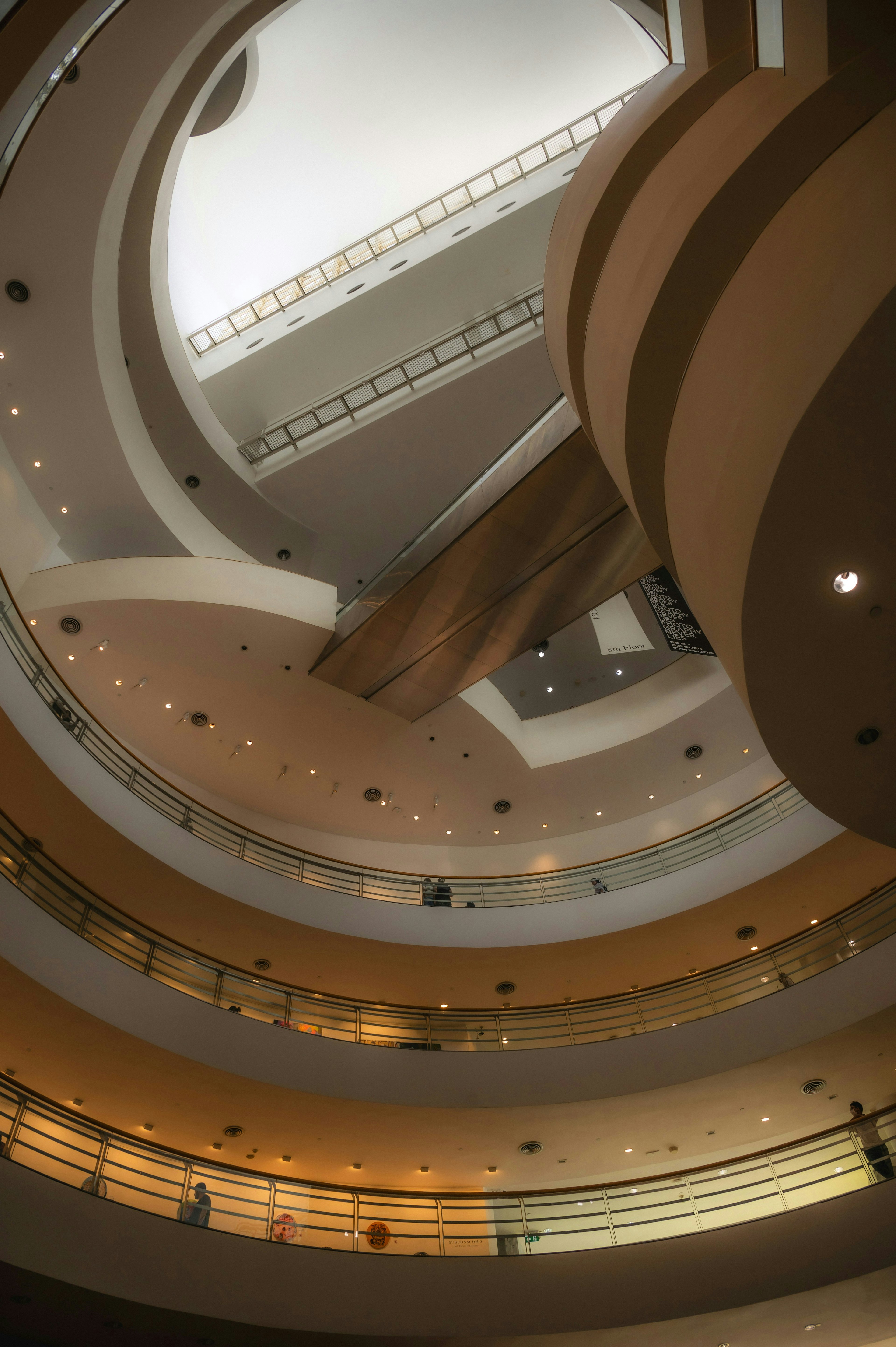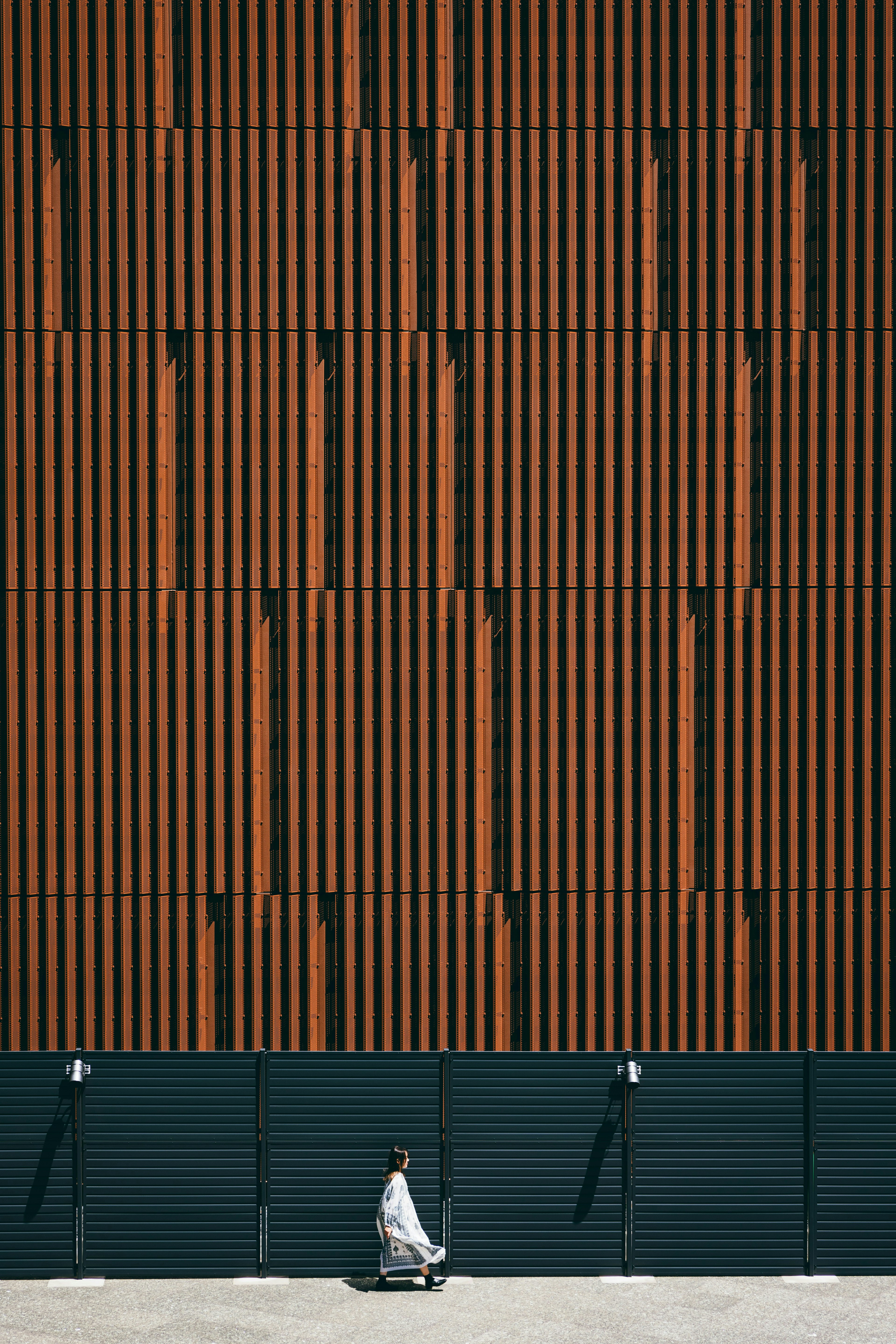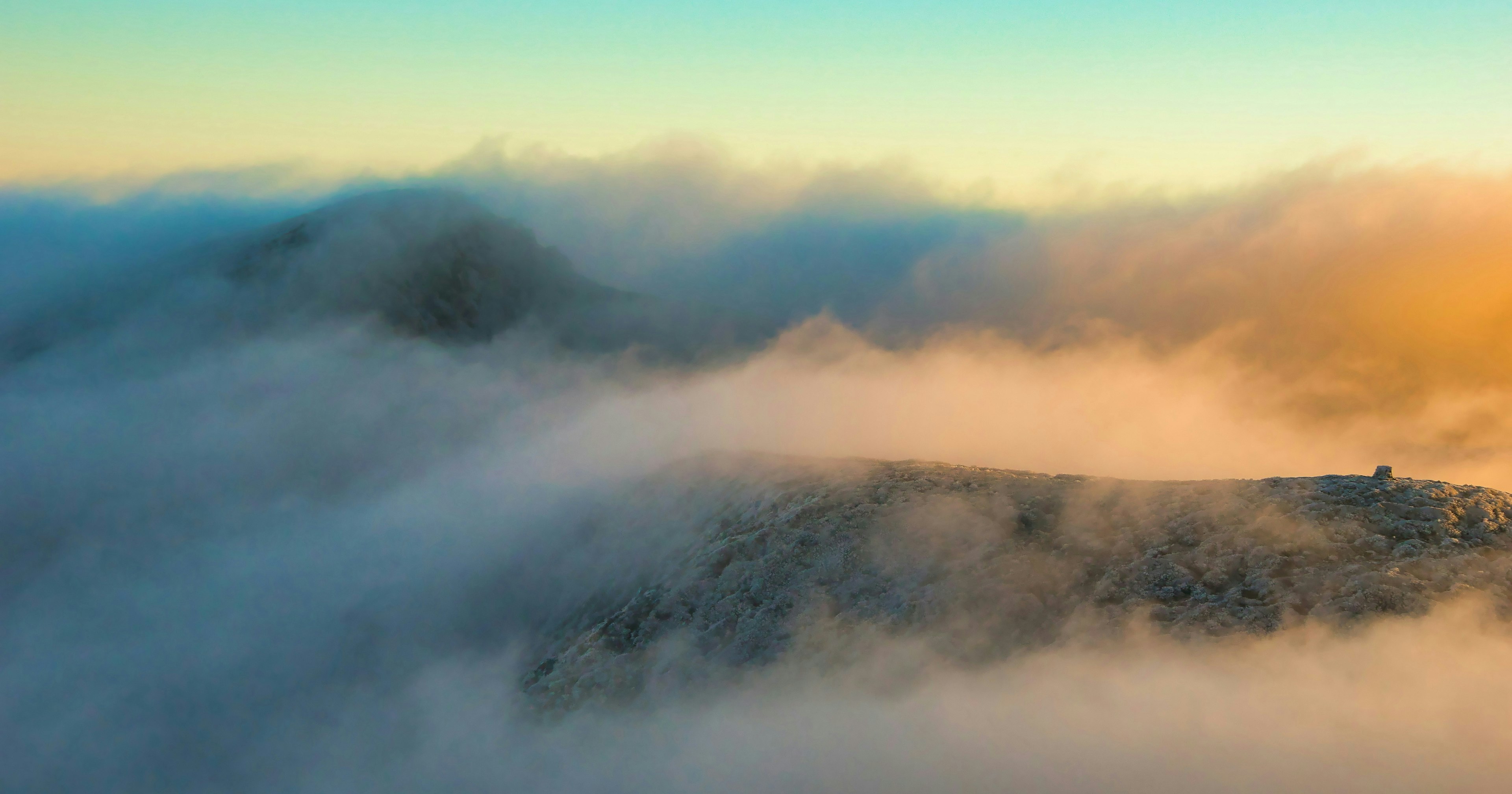
Cover photo by littlekiss photography
Architectural photography is an art that conveys visual beauty and storytelling. Using ultra-wide lenses allows you to capture the grandeur of buildings while emphasizing symmetry and the beauty of details.
This time, we introduce shooting techniques that maximize the features of ultra-wide lenses.
Emphasizing Impact and Symmetry with Ultra-Wide Lenses
Ultra-wide lenses are essential tools for capturing the entirety of a building. For example, when photographing skyscrapers or vast historical buildings, shooting from a low angle can enhance the symmetry of the architecture.

Photo by YuKoreeda
By positioning the camera close to the ground and creating a composition that naturally draws the eye to the center, you can enhance the visual impact. Additionally, careful lens selection and position adjustment are required to minimize distortion.
Controlling the Viewer's Eye with Frame-in-Frame
"Frame-in-frame" is a technique that guides the viewer's eye by utilizing architectural elements. Using parts of the building, such as arches or window frames, as a frame, you can lead the viewer's gaze to the center of the subject.
This technique is particularly effective in buildings with complex decorations, such as historical structures or churches. It not only guides the viewer's eye but also emphasizes the depth and three-dimensionality of the subject, adding depth to the composition.
Enhancing Expression with Light and Exposure Balance
In architectural photography, the use of light greatly influences the impression of the photo. Especially in scenes with high contrast, exposure settings are crucial to prevent overexposure of the sky while clearly expressing the details of the building.

Photo by ek_photofeeling
Using the low sunlight of morning and evening can dramatically emphasize the shadows and textures of the architecture. Additionally, utilizing backlighting to create a silhouette effect is one way to enhance the presence of the building.



